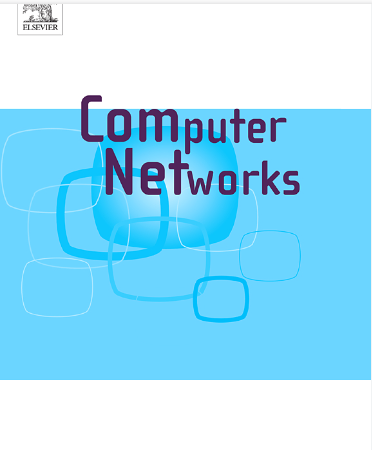Intelligent service migration for the internet of vehicles in edge computing: A mobility-aware deep reinforcement learning framework
IF 4.4
2区 计算机科学
Q1 COMPUTER SCIENCE, HARDWARE & ARCHITECTURE
引用次数: 0
Abstract
The restricted coverage of edge servers in the Internet of Vehicles (IoV) results in service migration as vehicles traverse various regions, potentially escalating operational costs and diminishing service quality. However, existing service migration schemes inadequately address the dynamic attributes of high-speed mobile vehicles and the temporal variability of the network. To overcome this issue, we propose a mobility-aware deep reinforcement learning framework based on vehicle behavior prediction for service migration. Firstly, taking the service processing latency, migration latency, and energy consumption as metrics, a constrained model is established to minimize long-term costs. Given the considerable uncertainty in the associational behaviors between high-speed mobile vehicles and edge servers, a vehicle behavior prediction method utilizing the Hidden Markov Model (HMM) is then proposed. On this basis, we design a mobility-aware reinforcement learning service migration algorithm based on a Double Dueling Deep Q-Network (D3RLSM) incorporating a prioritized experience replay mechanism to extract vehicular state features accurately and optimize the training process. Compared with several baseline methods, D3RLSM shows its effectiveness in reducing service latency and energy consumption.
求助全文
约1分钟内获得全文
求助全文
来源期刊

Computer Networks
工程技术-电信学
CiteScore
10.80
自引率
3.60%
发文量
434
审稿时长
8.6 months
期刊介绍:
Computer Networks is an international, archival journal providing a publication vehicle for complete coverage of all topics of interest to those involved in the computer communications networking area. The audience includes researchers, managers and operators of networks as well as designers and implementors. The Editorial Board will consider any material for publication that is of interest to those groups.
 求助内容:
求助内容: 应助结果提醒方式:
应助结果提醒方式:


